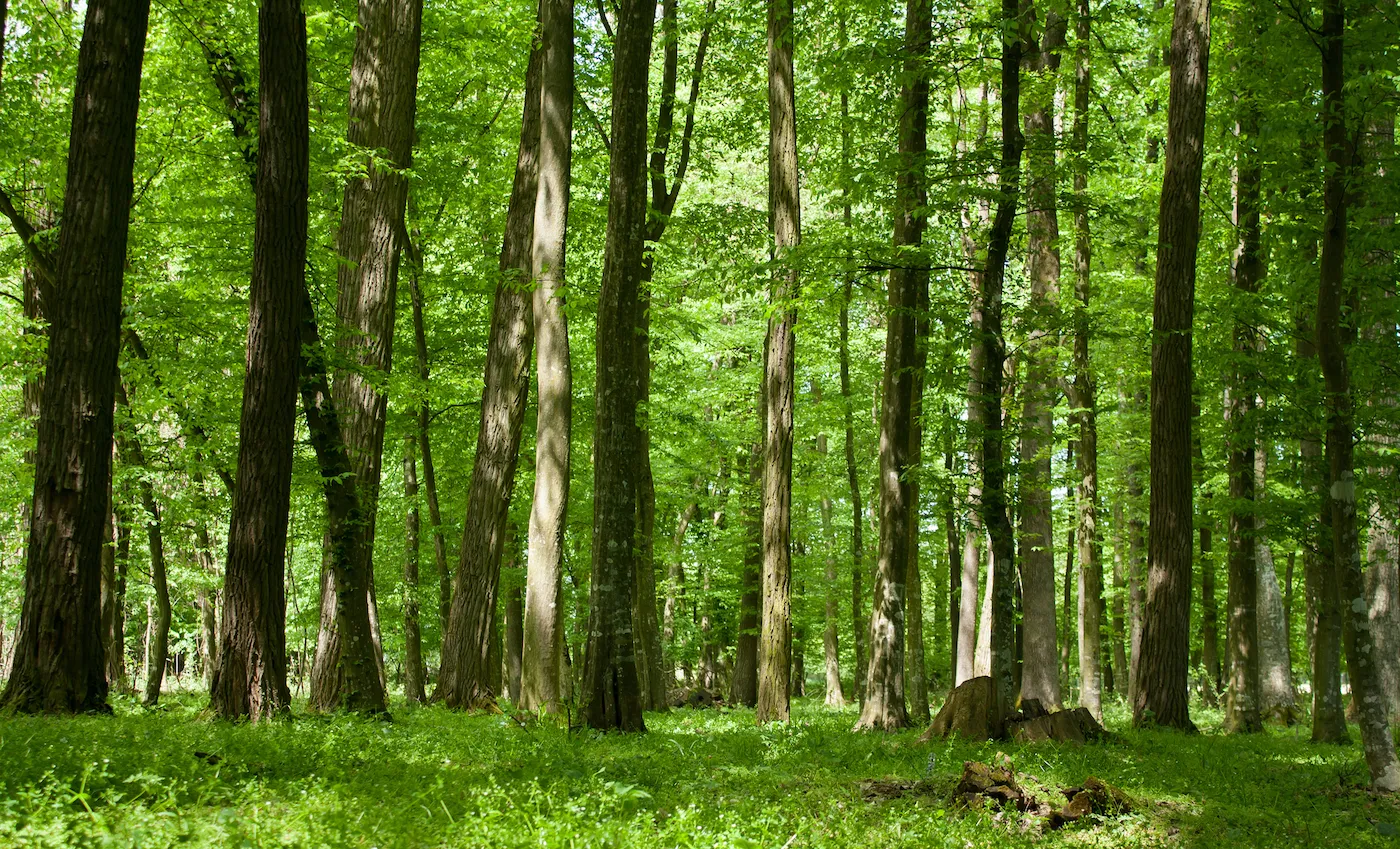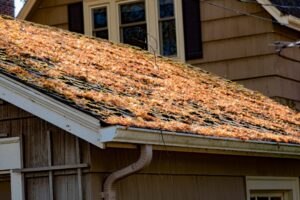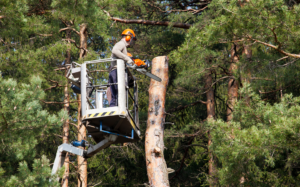Trees are vital to our environment, providing oxygen, improving air quality, and offering habitat for wildlife. With over 750 million acres of forested land in the United States, tree coverage varies significantly from state to state. From towering redwoods in California to the dense pine forests of Maine, each state has its unique forest landscape. But which state has the most trees?
This article explores tree coverage across the United States, examining which state has the most trees, as well as other interesting facts about the nation’s forests. Below, you’ll find a comprehensive table of tree coverage by state, followed by some fun and informative insights about U.S. forests.
Tree Coverage by State: A Comprehensive Table
The following table provides a breakdown of tree coverage by state, measured in percentage of land covered by trees and total forest area in millions of acres. The data shows not just which states have the most trees but also which states have the highest percentage of tree-covered land.
| State | % of Land Covered by Trees | Total Forest Area (Million Acres) |
|---|---|---|
| Alabama | 70% | 22.9 |
| Alaska | 35% | 127.0 |
| Arizona | 27% | 20.2 |
| Arkansas | 56% | 19.0 |
| California | 33% | 33.0 |
| Colorado | 36% | 24.4 |
| Connecticut | 59% | 1.8 |
| Delaware | 30% | 0.4 |
| Florida | 50% | 16.9 |
| Georgia | 66% | 24.8 |
| Hawaii | 42% | 1.7 |
| Idaho | 41% | 21.5 |
| Illinois | 14% | 4.8 |
| Indiana | 22% | 4.9 |
| Iowa | 8% | 2.8 |
| Kansas | 4% | 2.5 |
| Kentucky | 47% | 12.4 |
| Louisiana | 48% | 14.6 |
| Maine | 89% | 17.6 |
| Maryland | 40% | 2.4 |
| Massachusetts | 62% | 3.0 |
| Michigan | 54% | 20.0 |
| Minnesota | 34% | 17.7 |
| Mississippi | 65% | 19.2 |
| Missouri | 34% | 15.4 |
| Montana | 28% | 25.3 |
| Nebraska | 4% | 1.3 |
| Nevada | 15% | 10.5 |
| New Hampshire | 84% | 4.8 |
| New Jersey | 42% | 2.1 |
| New Mexico | 30% | 16.6 |
| New York | 63% | 18.9 |
| North Carolina | 60% | 18.3 |
| North Dakota | 1% | 0.8 |
| Ohio | 30% | 8.1 |
| Oklahoma | 28% | 12.3 |
| Oregon | 48% | 30.5 |
| Pennsylvania | 59% | 16.6 |
| Rhode Island | 59% | 0.4 |
| South Carolina | 67% | 13.1 |
| South Dakota | 4% | 1.8 |
| Tennessee | 52% | 14.0 |
| Texas | 38% | 62.4 |
| Utah | 34% | 15.0 |
| Vermont | 76% | 4.6 |
| Virginia | 62% | 15.8 |
| Washington | 52% | 22.0 |
| West Virginia | 79% | 12.0 |
| Wisconsin | 46% | 17.1 |
| Wyoming | 18% | 9.7 |
Which State Has the Most Trees?
When it comes to sheer volume, Alaska stands far above the rest. With 127 million acres of forest, Alaska has the most trees of any U.S. state. Alaska’s vast wilderness and remote forests cover about 35% of the state, home to diverse ecosystems that include spruce, birch, and aspen trees.
Despite Alaska having the most trees by volume, Maine has the highest percentage of land covered by trees at 89%. Maine’s dense forests, composed mainly of softwood species like pine, fir, and spruce, make it the most forested state in terms of land area.
Interesting Facts About U.S. Forests
Here are some additional fascinating facts about tree coverage and forests in the United States:
1. Maine: The Most Forested State
Maine is not only famous for its iconic coastline and lobster; it’s also the most forested state by percentage. Nearly 90% of the state’s land area is covered by trees. Maine’s vast forests support the state’s important timber and paper industries.
2. Alaska: The Largest Forest Area
Alaska is home to the most expansive forests in the U.S., boasting 127 million acres of forest land, primarily located in the Tongass and Chugach National Forests. These forests are some of the most biologically rich and diverse ecosystems in the world, providing critical habitat for wildlife like bears, eagles, and salmon.
3. Georgia and Oregon: Key Timber States
Georgia and Oregon are two of the leading states in timber production. With 66% of Georgia’s land area covered by trees and 48% of Oregon’s land forested, both states play a key role in the lumber and paper industries. Georgia leads the nation in producing southern yellow pine, while Oregon is known for its Douglas firs.
4. Vermont and West Virginia: Heavily Forested States
Both Vermont and West Virginia are heavily forested, with 76% and 79% tree coverage, respectively. These states have picturesque landscapes, particularly in the fall, when their deciduous forests showcase brilliant autumn foliage.
5. Texas: The Lone Star State’s Vast Forests
While many think of Texas as a dry, desert-like state, it actually has the second-largest total forest area in the U.S., with over 62 million acres of trees. The Piney Woods region in eastern Texas is known for its dense pine forests, while western Texas contains more sparse forests.
6. North Dakota: Least Forested State
At the other end of the spectrum, North Dakota is the least forested state, with only 1% of its land covered by trees. Much of North Dakota’s landscape consists of prairies and grasslands, with sparse tree coverage limited to areas near rivers and lakes.
The Importance of Trees in the U.S.
The trees and forests of the United States play a vital role in both the environment and the economy. Here are some key reasons why trees are essential:
1. Carbon Sequestration
Trees absorb carbon dioxide from the atmosphere and release oxygen, helping to mitigate climate change. U.S. forests sequester hundreds of millions of tons of carbon every year, making them a critical resource in the fight against global warming.
2. Habitat for Wildlife
Forests provide habitat for a wide range of wildlife, from large mammals like bears and deer to smaller species like birds, insects, and amphibians. Many endangered species depend on forested habitats for their survival.
3. Economic Importance
Forests contribute billions of dollars to the U.S. economy through timber, paper, and other forest products. States like Georgia, Oregon, and Washington rely heavily on their forests for economic growth and job creation.
4. Recreation and Tourism
Forests are also vital for recreation, attracting millions of visitors to national parks, hiking trails, and camping sites. Forests offer opportunities for activities such as hiking, bird watching, and nature photography, contributing to the tourism industry in many states.
Conclusion
When it comes to the number of trees, Alaska takes the crown with the largest
forested area, while Maine leads in the percentage of land covered by trees. The diversity of tree coverage across the U.S. is a testament to the rich and varied ecosystems that define the country. Whether you live in the forests of the Pacific Northwest, the Piney Woods of the South, or the temperate hardwood forests of New England, trees play an important role in shaping the landscape and supporting local economies.
Understanding tree coverage by state helps us appreciate the natural resources we rely on and the steps needed to protect and preserve these valuable ecosystems for future generations.






